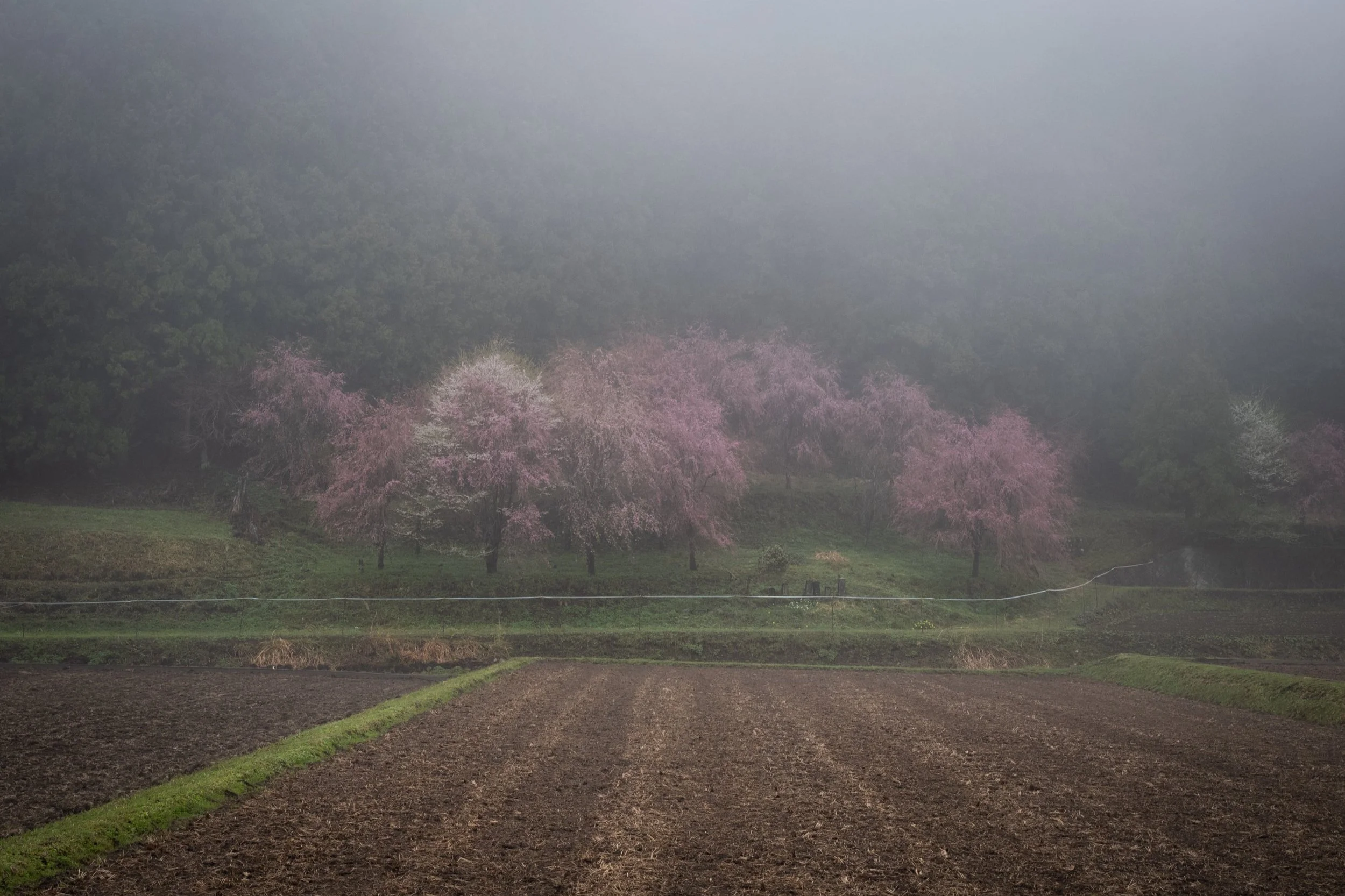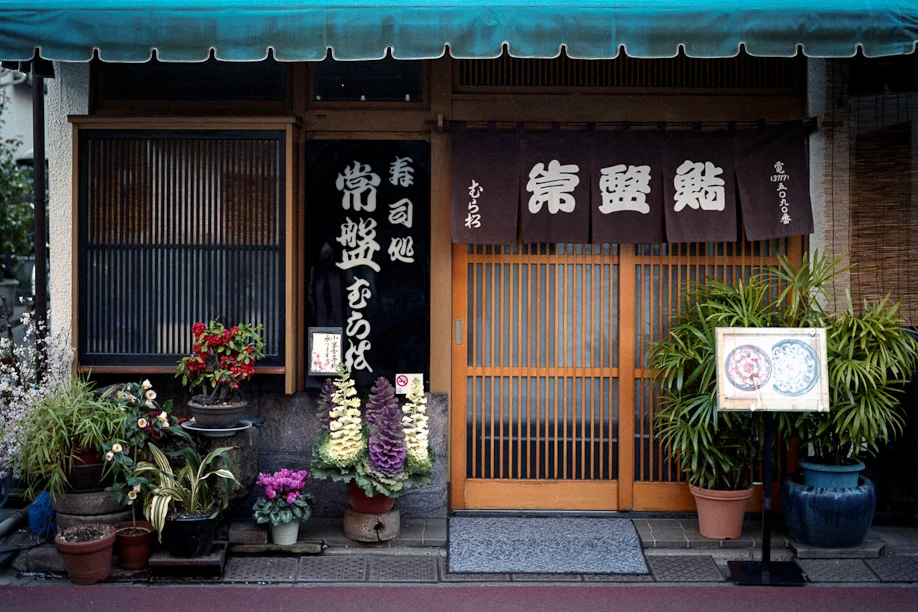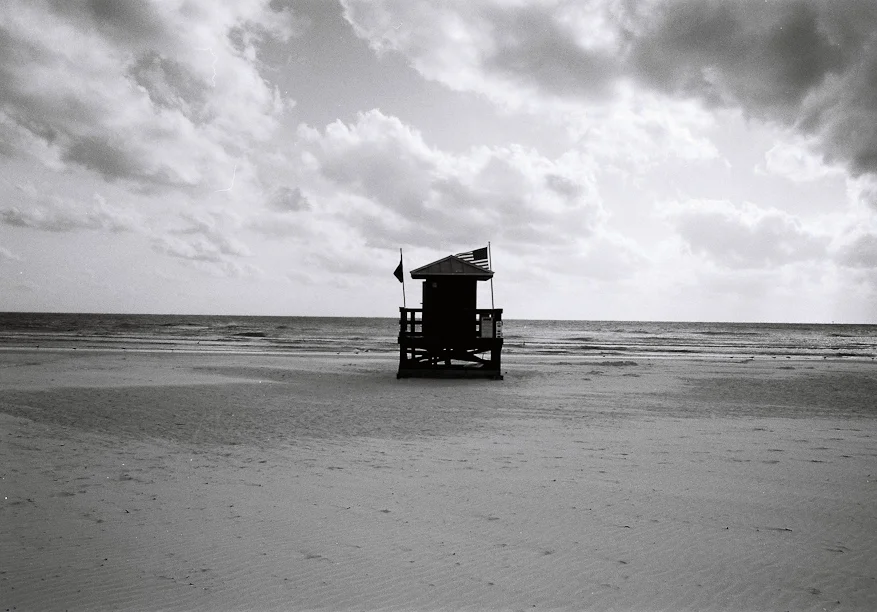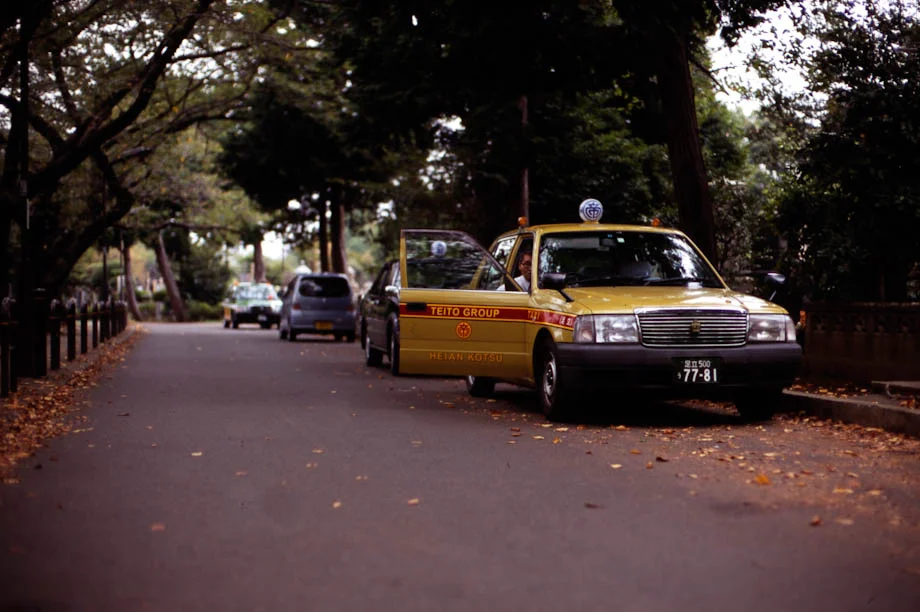Rescanned: Wandering Tokyo
I posted my first Mamiya 645 shots up last week in my Wandering Tokyo post. I was a bit underwhelmed with the results I got from my first time out. At first I thought it was the exposure but after spending some time with my friend David working on the negatives I realized it was the scanning. I have found scanning a bit difficult to pick up as when you start to read about it you instantly go into camera geekdom and a tremendous amount of detail that makes getting started a little difficult. David has worked out a very straight forward workflow that we practiced a bit together and then I was able to replicate back at home on my setup. I am still working on what my workflow will be but I wanted to share what we did as it is really straight forward and really changed the end result in my images. If you have tips or advice, please feel free to share them here as well.
He also gave me a few tips of things that I needed to pick up so I could scan properly. You don't need much more than a scanner but a few items really help; a loupe, a light panel and gloves. The loupe and light panel are really helping for looking at your film and determine which are the keepers and when you need to double check a film to make sure it is in focus this proves to be the easiest way. It is also amazing for viewing positive film. Images look almost 3D.
For handling your film and ensuring you don't get finger prints or oil from your skin on them you need gloves. I couldn't believe how nasty my film got from just a little handling and it gives you a lot more to clean up in post processing.
I use an Epson GT-x970 Flatbed scanner. This is the Japan version of the V750. There are much more expensive dedicated film scanning available on the market. They are about 4-8 times the cost and I think I am getting pretty decent results now so I am not ready to make that investment. Perhaps there will be a PlusTek OptiFilm Scan 120 in my future but not right now. I am going to keep that money for film, cameras and lenses.
What you do need to invest in is a set of Better Scanning film holders. The ones provided by Epson are pretty difficult to get the film to lay flat. You also need to get an big air blower to get dust off of the film.
If you don't understand the need for ensuring the film is laying flat have a look at these two scans. The one on the left was not laying flat and the film was a bit curved. The second scan is laying completely flat. The BetterScanning plates don't magically make this much difference but they do help you to ensure that your film is laying flat and as you can see this is pretty important for scanning.
The first thing we did was load up EpsonScan software and using the 'Film Area Guide' I made a contact sheet. Exposure really does not really matter on the contact sheet as you simply want to be able to look at quick scans of your images to determine which ones you want to scan.
View scan can be a little intimidating when you first open it but it really isn't that bad once you get the hang of it. As I am getting ready to scan I just work my way across the panels; Input, Crop, Filter, Color, and Output. I haven't had a need to play with preferences yet. You can see what I selected below to get the scans below but here is a bit more detail.
Input
Mode: Flatbed, Transparency or Transparency 8x10. If you are scanning film you will close Transparency.
Media: Choose Image, Slide Film, Color Negative, Black and White Negative, or Microfilm
Bits per Pixel: I ended up setting this to 48 bit color for color film and 16 bit B&W for monochrome film for the most detail possible.
Batch Scan: I always batch scan as I select the images I want to scan, choose List and list out the images and I can do other things while scanning happens in the background.
Preview Resolution: I set these for 800 dpi which is more than big enough for a viewable preview.
Scanning Resolution: I scan mine at 3,200 dpi which give me a pretty huge file which is more than enough for what I want to do. Scanning at these settings will give you a 24MB file for color and 12 MB or Black and White.
Number of samples: I choose 4 simply by trail and error as I think the one with 4 passes seemed to look the best and had manageable file sizes.
Crop:
Multicrop: This is the only setting I chose and I just choose my medium, in this case Medium Format.
Filter:
Infrared clean: (i.e. dust removal) I choose medium.
Color:
Negative vendor: There are lot of presets for different film but I choose generic. More on this below.
Primary Color Space: sRGB
Output Color Space: sRGB
Output: JPEG @ 100% quality
I have read a lot of recommends not to use the film presets in VueScan. For a while I was having pretty good luck but as you can see from the scan below when it gets it wrong it gets it really wrong. I manually processes the colors in Lightroom when scanning was complete. For this image on the left I made the following adjustments:
Clarity: +14
Tonal Curve: +10 lights and +10 darks
Sharpening: +70, radius +1, detail +25
I actually didn't add a post crop vignette but adding one at -20 or so really improves the image a bit.
OK... so let's do a do over on my original Wandering Tokyo post:
I love this vending machine. I think bumping into things like this is a big part of the charm in Tokyo. Considering there is more than 47,000 Stores in Convenience Stores Tokyo (including two across the street from this machine) who thought this was needed. Y0u can buy batteries everywhere in this city. Even on most subway platforms.
I went back past this machine today and noticed that there is one on each side of the building!
Today's configuration: Mamiya 645 Kodak Portra 400 Film
Me in the mirror... Mamiya style!
This house was eaten by its' garden...
What use could they possible have there.... to block people that want to wash their hands from the wrong side?
I hope it was a bit better this time around...while they are not perfect I think they are a lot better. Let me know if you tips to share about scanning or post processing that works for you.
Thanks for stopping by today!
























